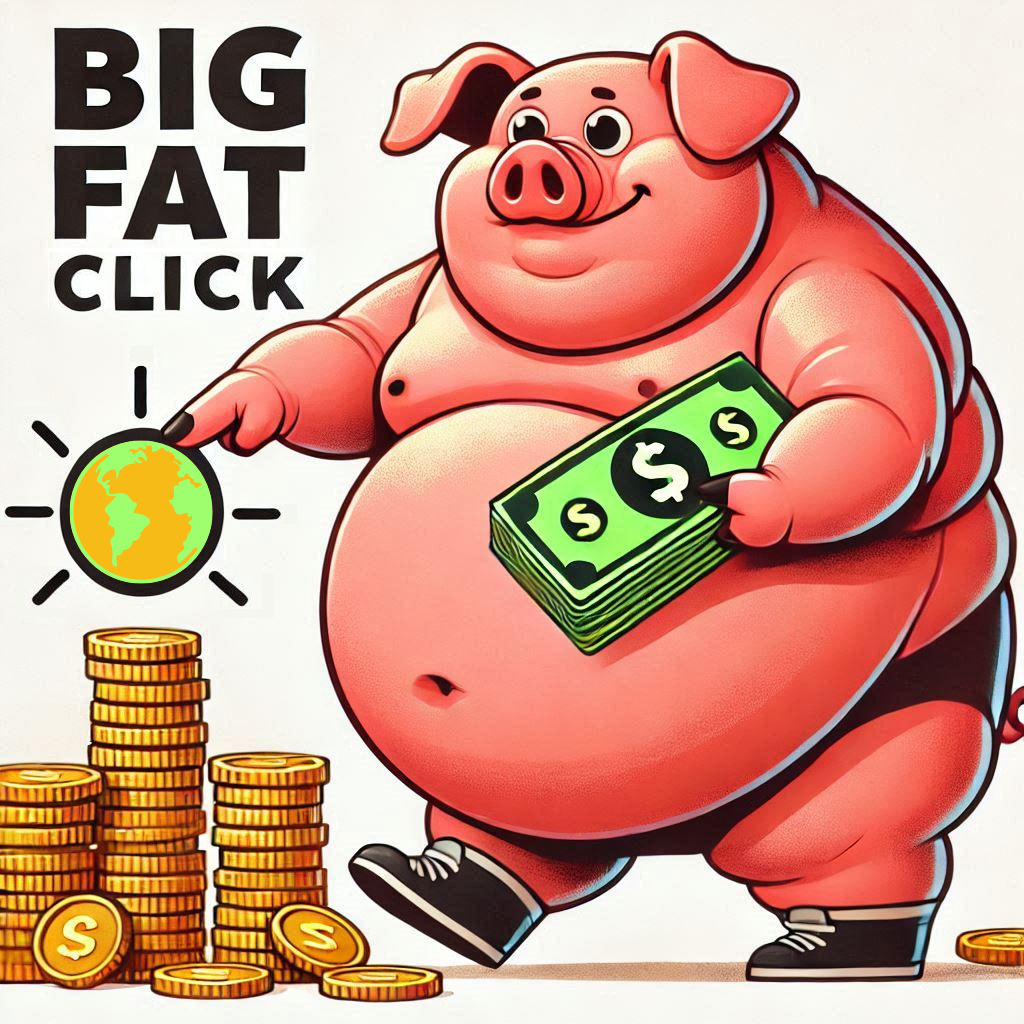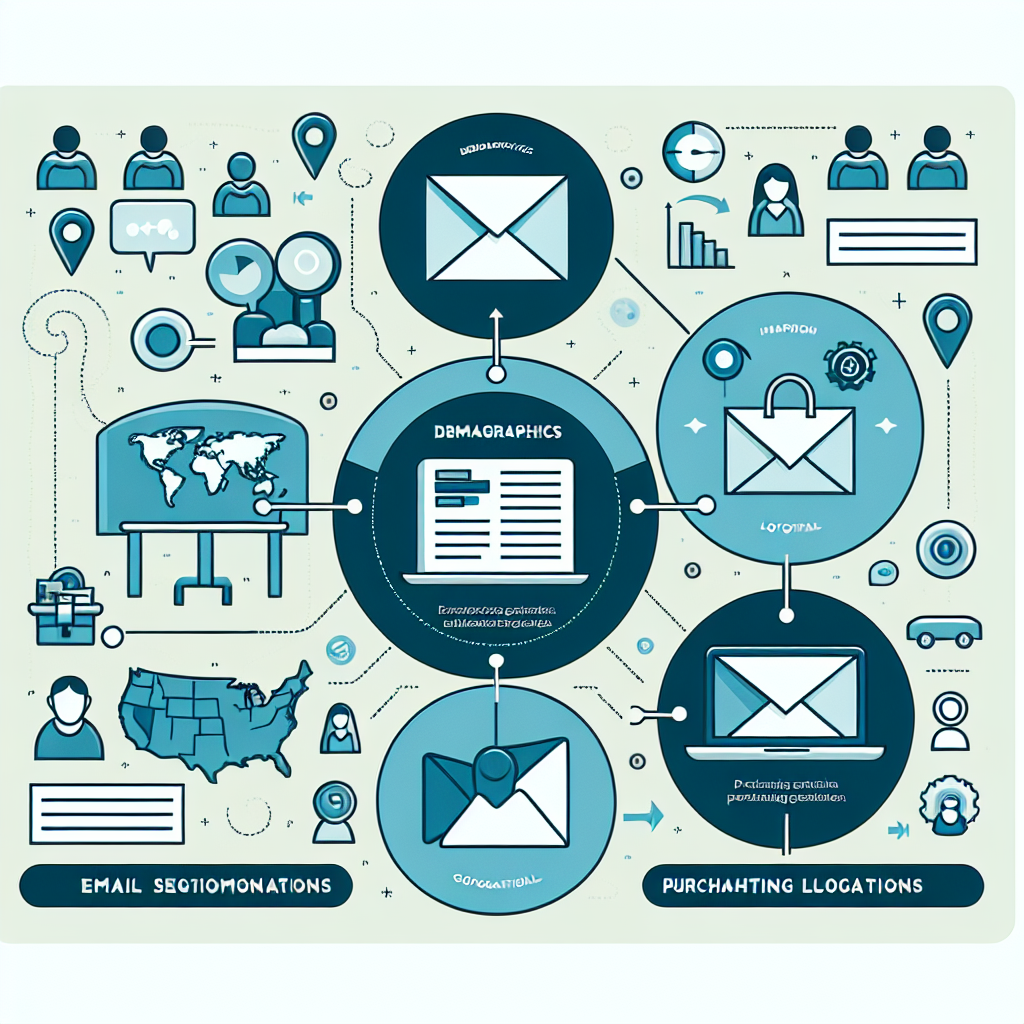
When was the last time a piece of writing truly captivated you? Chances are, it told a story. Mastering storytelling in copywriting is more than just a tool; it’s the secret sauce that turns mundane text into an irresistible narrative. It creates human connections, evokes emotions, and drives action—all vital in today’s crowded content landscape. But how do you wield storytelling effectively without it feeling forced?
In this blog post, we’ll unpack how you can integrate storytelling into your copy without sounding gimmicky. From understanding your audience to crafting authentic, emotionally resonant narratives, let’s explore the art of storytelling in copywriting and why it matters more than ever.
Why Storytelling Works Wonders in Copywriting
Humans are hardwired for stories. From ancient cave paintings to today’s binge-worthy Netflix series, storytelling is an integral part of how we process information. It’s memorable, persuasive, and taps into the emotions that drive decision-making. In the context of copywriting, storytelling allows your brand to stand out and forge deeper connections with your audience.
Here’s the kicker: storytelling isn’t just about crafting a passive narrative. It’s about inviting your audience to become part of the story. It’s the difference between writing *at* people and writing *for* people.
“Marketing is no longer about the stuff that you make, but about the stories you tell.” – Seth Godin
How to Integrate Storytelling into Your Copy
1. Know Your Audience Intimately
Before you can craft a story, you need to know who you’re telling it to. What keeps your audience up at night? What challenges do they face, and what victories do they crave? These questions will help you shape a narrative that speaks directly to their hearts and minds.
2. Start with a Relatable Hook
First impressions matter. A strong opening draws readers in immediately. A relatable pain point, an intriguing question, or even a sprinkle of humor can set the stage beautifully for your story. This is especially important in storytelling in copywriting, where a quick hook can mean the difference between a reader staying or bouncing.
3. Define the Hero’s Journey
Every great story has a hero facing a challenge. In the world of marketing, guess who the hero is? Your customer. Show them the problem they face, introduce your brand or product as the helpful guide, and pave the way for their transformation.
4. Anchor Emotions into Your Copy
Stories that resonate emotionally linger longer in the minds of readers. Fear, joy, hope, and even nostalgia can create powerful associations with your message. Be authentic, but don’t shy away from weaving emotionally charged language within your copy.
5. Close with a Call to Action
Your story needs a resolution, and in the realm of copywriting, that resolution is your call to action (CTA). After drawing the reader in, giving them emotional stakes, and offering them value, guide them toward the next step—whether it’s subscribing, buying, or engaging with your brand.
Common Mistakes to Avoid
While storytelling in copywriting is highly effective, it can easily backfire if misused. Avoid these pitfalls:
- Overcomplicating the story: Simplicity is key. A cluttered narrative will confuse rather than captivate.
- Making it all about your brand: Remember, your customer is the hero, not you.
- Telling, not showing: Rely on vivid imagery and compelling details rather than plain exposition.
- Ignoring the CTA: Without a clear next step, your story fizzles into oblivion.
The Power of Stories to Shape Action
At its core, storytelling in copywriting is about more than just sales. It’s about creating a human connection, building trust, and showing your audience that you understand them. A well-told story can transform a passerby into a loyal customer or even a brand evangelist.
When done right, your story doesn’t end with the purchase; it continues as your customers share their own experiences, spreading the narrative further. And that’s the truly magical part of storytelling—it’s viral by nature.
Ready to sharpen your storytelling skills and supercharge your copy? Start experimenting with your next piece of content. Remember, every great story starts with a single word.
What story will you tell today?
For more tips and tricks, visit Big Fat Click and subscribe to our newsletter.






